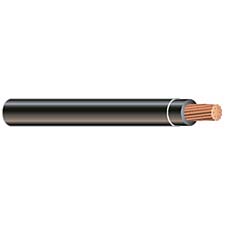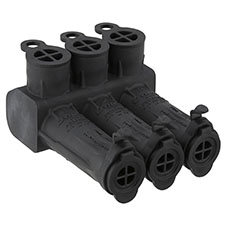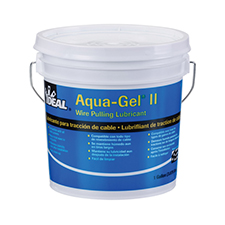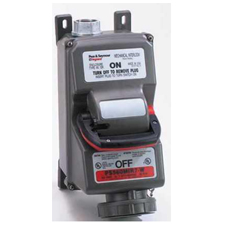Southwire Company
On the Mark: New Program Helps Assure Copper Products’ Sustainability
Copper wire can seem like a commodity – after all, it’s fabricated from
one of the world’s most heavily traded commodities and is sold in bulk
quantities all over the globe. And, like a lot of commodities, it can be
difficult to know how the copper products you’re buying is actually
produced.
RAB Lighting
LED Lighting and Controls: A Rhapsody in Bluetooth
A decade ago, LED lighting was still fighting for acceptance among
designers, contractors and consumers. Early product generations suffered
from quality control problems, flickering and light that was too far
into the blue end of the visual spectrum.
Signify
Network Connections: Wired, Wireless … and Something On the Lighter Side
Wired Ethernet and wireless connections represent the two primary
methods for connecting devices to a network in modern computing. Each
has distinct features, advantages, and disadvantages.
ILSCO
Going Underground: Wire Management in Direct Burial Projects
Not all wiring is created equal – after all, some of it has to be buried
underground. While this cable might not see the varied weather exposure
of unburied, outdoor lines, it faces its own unique challenges.
IDEAL INDUSTRIES, INC.
Wax or Polymer – Understanding the Options with Cable Lubricants
Wire and cable pulling can be strenuous work, especially when distances
stretch several floors or more. Lubricants are an important part of this
process – they help reduce friction between cables and conduit, which,
in turn, reduces the risk of damage, wear and tear on cable insulators.
Legrand/Pass & Seymour
Less Work to Meet Safety Requirements
Some facilities are changing their requirements for motor and appliance
installations. This could be due to OSHA Lock-out and Tag-out
requirements or NFPA 70E. The change is toward using pin and sleeve
devices instead of having a hard-wired installation.
Safety requirements often have the maintenance person checking for the
absence of voltage before touching. The rules are quite specific and are
enforced by OSHA.











